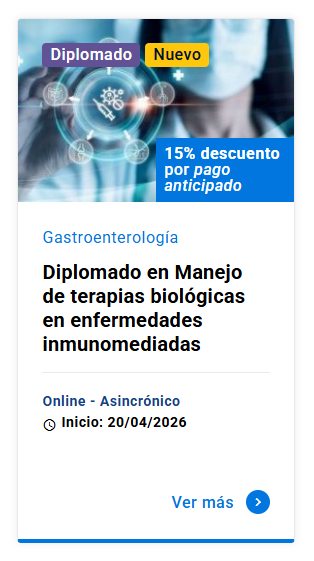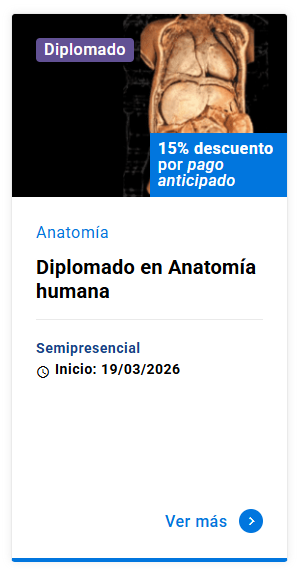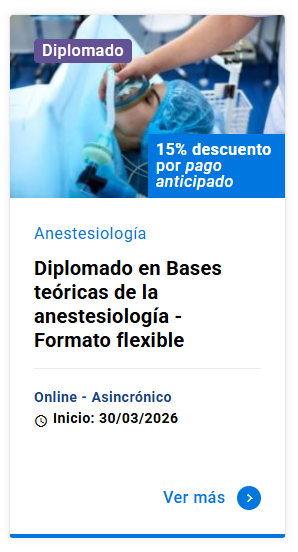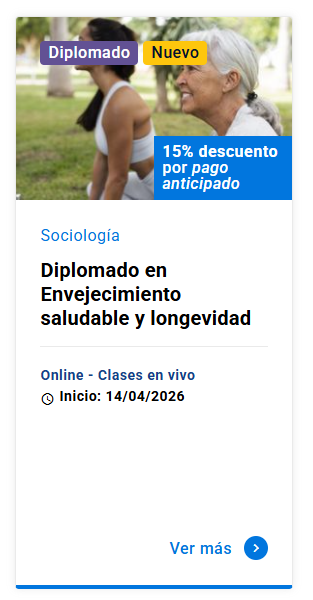Inhibidores directos del Factor Xa para la prevención del tromboembolismo en pacientes sometidos a reemplazo total de cadera o de rodilla. Protocolo de una revisión sistemática
DOI:
https://doi.org/10.11565/arsmed.v39i1.8Palabras clave:
reemplazos articulares, cadera, rodilla, enfermedad tromboembólicaResumen
Los reemplazos articulares de cadera y la rodilla se encuentran entre los procedimientos quirúrgicos más comunes en América del Norte y Europa y están aumentando en frecuencia. La enfermedad tromboembólica es la complicación médica más frecuente en este tipo de pacientes. Por esta razón, las guías de práctica clínicas actuales recomiendan la tromboprofilaxis de rutina con heparinas de bajo peso molecular (HBPM), antagonistas de la vitamina K (AVK) o pentasacáridos sintéticos (fondaparinux) después de estos procedimientos.
Descargas
Citas
Akl EA, Oxman AD, Herrin J, Vist GE, Terrenato I, Sperati F, Costiniuk C, Blank D & Schunemann H. (2011). Using alternative statistical formats for presenting risks and risk reductions. The Cochrane database of systematic reviews, CD006776.
Bates SM & Weitz JI. (2006). The status of new anticoagulants. British journal of haematology 134, 3-19.
Bradburn MJ, Deeks JJ, Berlin JA & Russell Localio A. (2007). Much ado about nothing: a comparison of the performance of meta-analytical methods with rare events. Statistics in medicine 26, 53-77.
Cao YB, Zhang JD, Shen H & Jiang YY. (2010). Rivaroxaban versus enoxaparin for thromboprophylaxis after total hip or knee arthroplasty: a meta-analysis of randomized controlled trials. European journal of clinical pharmacology 66, 1099-1108.
CIFHI. (2008). Hip and Knee Replacements in Canada 2007, Annual Report., ed. CIFHI. Ottawa.
Dixon T, Shaw M, Ebrahim S & Dieppe P. (2004). Trends in hip and knee joint replacement: socioeconomic inequalities and projections of need. Annals of the rheumatic diseases 63, 825-830.
Friedrich JO, Adhikari NK & Beyene J. (2007). Inclusion of zero total event trials in meta-analyses maintains analytic consistency and incorporates all available data. BMC medical research methodology 7, 5.
Geerts WH, Bergqvist D, Pineo GF, Heit JA, Samama CM, Lassen MR, Colwell CW & American College of Chest P. (2008). Prevention of venous thromboembolism: American College of Chest Physicians Evidence-Based Clinical Practice Guidelines (8th Edition). Chest 133, 381S-453S.
Gotzsche PC. (2000). Why we need a broad perspective on meta-analysis. It may be crucially important for patients. Bmj 321, 585-586.
Guyatt GH, Oxman AD, Kunz R, Atkins D, Brozek J, Vist G, Alderson P, Glasziou P, Falck-Ytter Y & Schunemann HJ. (2011). GRADE guidelines: 2. Framing the question and deciding on important outcomes. Journal of clinical epidemiology 64, 395-400.
Guyatt GH, Oxman AD, Vist GE, Kunz R, Falck-Ytter Y, Alonso-Coello P, Schunemann HJ & Group GW. (2008). GRADE: an emerging consensus on rating quality of evidence and strength of recommendations. Bmj 336, 924-926.
Hirsh J. (1991). Oral anticoagulant drugs. The New England journal of medicine 324, 1865-1875.
Huang J, Cao Y, Liao C, Wu L & Gao F. (2011). Apixaban versus enoxaparin in patients with total knee arthroplasty. A meta-analysis of randomised trials. Thrombosis and haemostasis 105, 245-253.
Johanson NA, Lachiewicz PF, Lieberman JR, Lotke PA, Parvizi J, Pellegrini V, Stringer TA, Tornetta P, 3rd, Haralson RH, 3rd & Watters WC, 3rd. (2009). Prevention of symptomatic pulmonary embolism in patients undergoing total hip or knee arthroplasty. The Journal of the American Academy of Orthopaedic Surgeons 17, 183-196.
Kurtz S, Mowat F, Ong K, Chan N, Lau E & Halpern M. (2005). Prevalence of primary and revision total hip and knee arthroplasty in the United States from 1990 through 2002. The Journal of bone and joint surgery American volume 87, 1487-1497.
Mismetti P, Laporte S, Zufferey P, Epinat M, Decousus H & Cucherat M. (2004). Prevention of venous thromboembolism in orthopedic surgery with vitamin K antagonists: a meta-analysis. Journal of thrombosis and haemostasis : JTH 2, 1058-1070.
Mueck W, Eriksson BI, Bauer KA, Borris L, Dahl OE, Fisher WD, Gent M, Haas S, Huisman MV, Kakkar AK, Kalebo P, Kwong LM, Misselwitz F & Turpie AG. (2008). Population pharmacokinetics and pharmacodynamics of rivaroxaban--an oral, direct factor Xa inhibitor--in patients undergoing major orthopaedic surgery. Clinical pharmacokinetics 47, 203-216.
NCHS. (2010). Health, United States, 2009: With Special Feature on Medical Technology. Hyattsville, MD.
OECD. Health at a Glance: Europe 2010. OECD Publishing.
Phillips CB, Barrett JA, Losina E, Mahomed NN, Lingard EA, Guadagnoli E, Baron JA, Harris WH, Poss R & Katz JN. (2003). Incidence rates of dislocation, pulmonary embolism, and deep infection during the first six months after elective total hip replacement. The Journal of bone and joint surgery American volume 85-A, 20-26.
Sweeting MJ, Sutton AJ & Lambert PC. (2004). What to add to nothing? Use and avoidance of continuity corrections in meta-analysis of sparse data. Statistics in medicine 23, 1351-1375.
Turun S, Banghua L, Yuan Y, Zhenhui L, Ying N & Jin C. (2011). A systematic review of rivaroxaban versus enoxaparin in the prevention of venous thromboembolism after hip or knee replacement. Thrombosis research 127, 525-534.
Zhan C, Kaczmarek R, Loyo-Berrios N, Sangl J & Bright RA. (2007). Incidence and short-term outcomes of primary and revision hip replacement in the United States. The Journal of bone and joint surgery American volume 89, 526-533.
Descargas
Publicado
Cómo citar
Licencia
Derechos de autor 2015 ARS MEDICA Revista de Ciencias Médicas

Esta obra está bajo una licencia internacional Creative Commons Atribución-CompartirIgual 4.0.
Los autores/as conservan sus derechos de autor y garantizan a la revista el derecho de primera publicación de su obra, la que estará simultáneamente sujeta a la Licencia CC BY-SA 4.0 (Ver declaración de Acceso Abierto).








